India is a land of great linguistic, cultural, geographical, and religious diversity. It is, thus, also natural that there are several different ways in which the different groups of people who call this country home perceive their shared past. History has often been manipulated to further divisive, narrow nationalist politics. Historical fiction set in India, when well-researched, and written with nuance and without prejudice, can play an important role in the humanizing of the people that a traditional historical narrative may have permanently cast in the role of the villainous or subhuman other.
Many Indian languages have rich literary traditions that have been experimenting with the format of historical fiction over decades, even centuries. Writers from modern-day Pakistan and Bangladesh, with whom we share all of our history until the partition of India in 1947, are also examining and re-examining the past in their fiction. While a lot of these works written in regional languages have not yet been translated into English, there is now a sizable corpus of historical fiction set in India that is available in English to wider audiences, and that offer new insights into a rich, chequered, complex, inter-connected past. Here is a list of some of the best historical fiction set in India — from across regions and time periods — that, I think, would serve as a great starting point for the curious reader.
Historical Fiction Set In India
River of Fire by Qurratulain HyderConsidered a classic of Urdu literature, River of Fire is incredibly ambitious in its scope. It charts the course of history in the Indian subcontinent from the 4th century BCE all the way to the advent of British colonial rule in the region. Characters with the same names appear and reappear in different periods of history, and the author uses their stories to skillfully uncover the continuous thread of history that distills the essence of human existence in this part of the world. Fireflies in the Mist, another book by the same author, provides a similarly well-written look at the birth of Bangladesh and the tumultuous period that preceded it. |
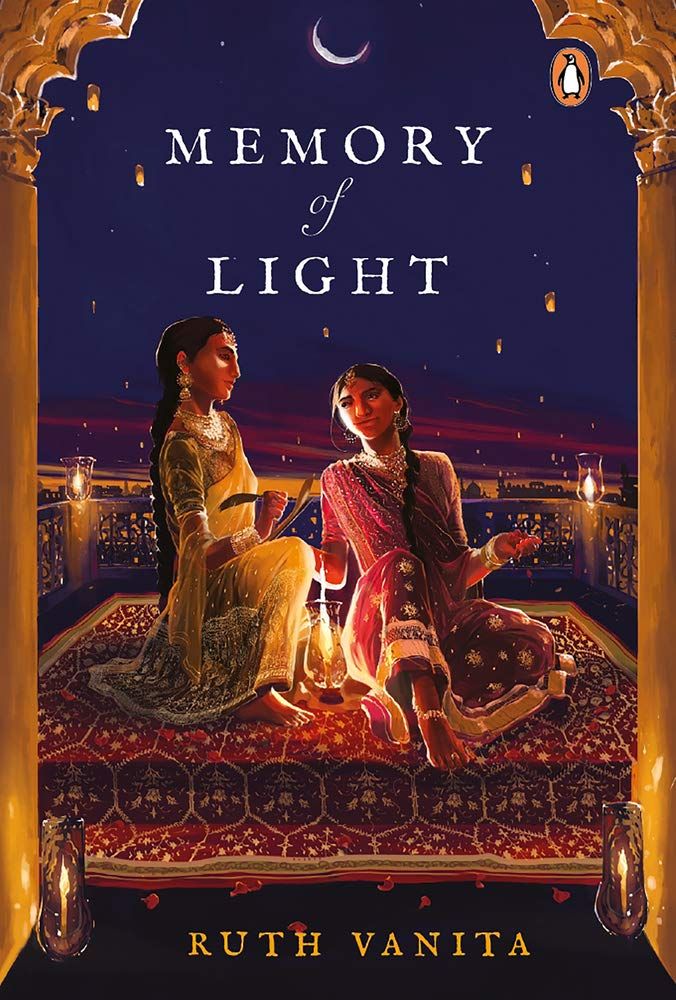
Memory of Light by Ruth VanitaSet in 18th century Lucknow, Memory of Light is the story of a whirlwind romance between two courtesans, Nafis Bai and Chapla Bai. Atmospheric and rich in historical details, this book lets the central queer relationship breathe in an India that was far more open to same-sex relationships before colonizers’ Victorian standards of morality overcame the Indian psyche. |
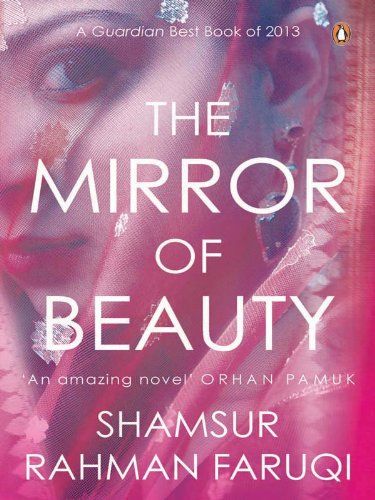
The Mirror of Beauty by Shamsur Rahman FaruqiIn this sweeping epic written originally in Urdu, we get an evocative picture of the artistic, cultural, and social life in the last days of the Mughal empire. Spanning across north India — from the deserts of Rajasthan to Kashmir and the Mughal capital city of Delhi — the character at the center a charismatic, creative and independent woman, Wazir Khannam, who is determined to exercise every bit of her limited agency as a woman in a patriarchal society. |
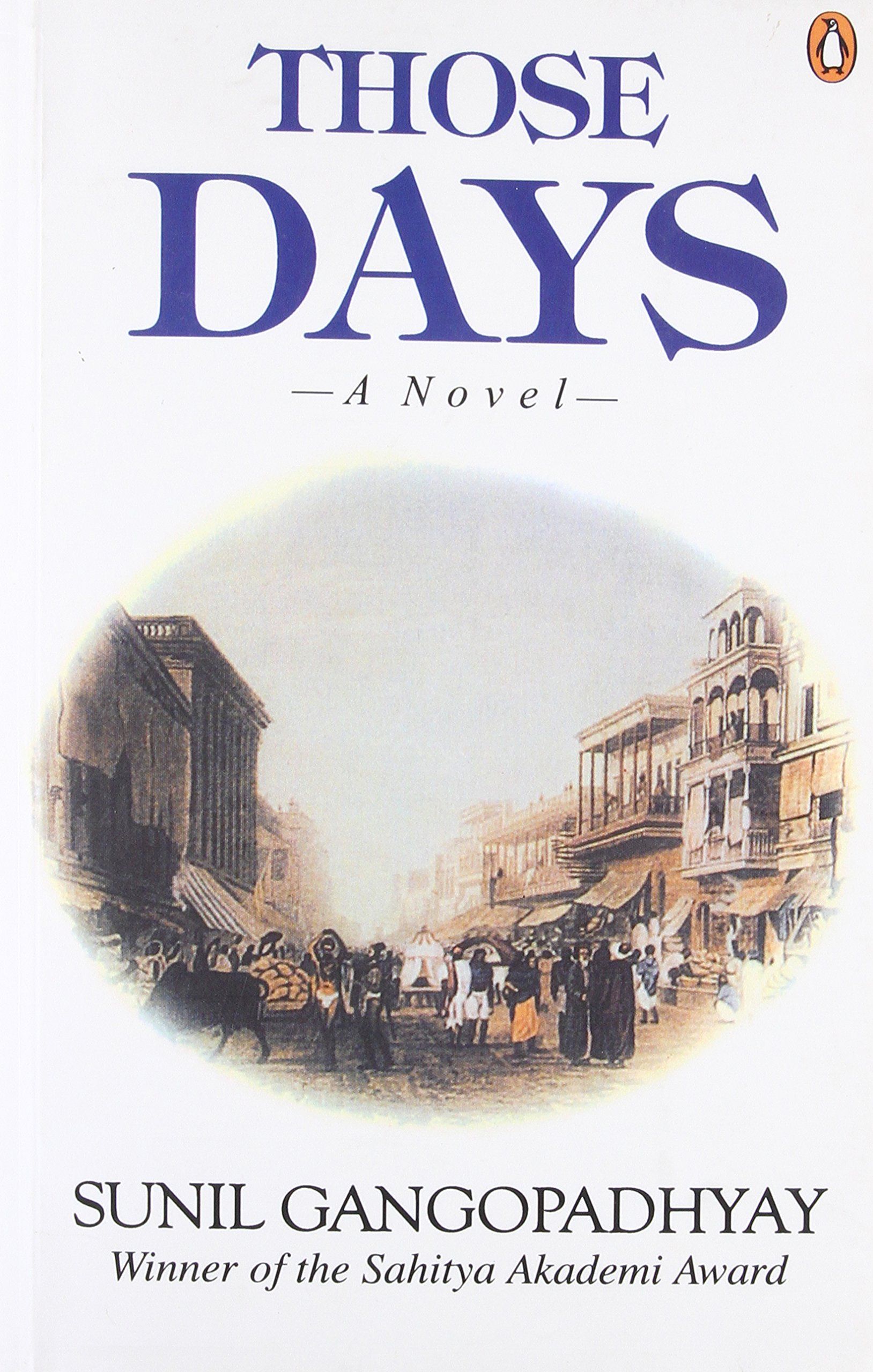
Those Days by Sunil Gangopadhyay, translated from Bengali by Aruna ChakravartyWritten by venerated Bengali author Sunil Gangopadhyay, Those Days is a comprehensive portrait of 19th century Kolkata. The story follows several real and fictional characters and chronicles how Indian reformers, thinkers, educators, and writers make a city laid down for their colonial masters their own. You can follow this up with the author’s similarly engaging epic historical fiction about the late 19th and early 20th century Bengal, First Light, also deftly translated by Aruna Chakravarty. |
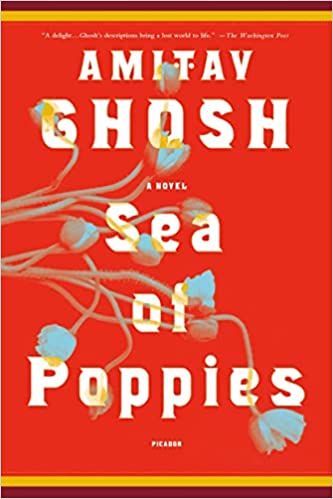
Sea of Poppies by Amitav GhoshThis is the first book in Ghosh’s Ibis trilogy. The trilogy is named after the ship it is centered around, so the location of the action is not limited to India. Set in the 19th century just before the Opium wars, it moves from India to the choppy waters of the Indian ocean to the shores of China. It features a varied cast of characters whose stories provide a look into different facets of the sprawling, interconnected web of colonial systems in this region and time. The prose is exceptionally immersive, and the trilogy is sure to keep its readers hooked for a long time. |
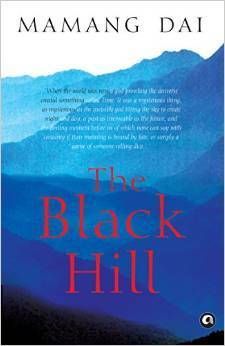
The Black Hill by Mamang DaiSet in the northeastern region of India that is often neglected in national discourse, and based partially on true events, Mamang Dai’s book takes place in the mid-19th century when the British are trying to make inroads into a region that is populated by different tribes with rich cultural traditions of their own. Through the stories of a pair of star-crossed lovers belonging to different tribes, and a Christian priest determined to walk to Tibet, the book sheds light on the unique and complex experiences of this region during the early days of colonialism. |
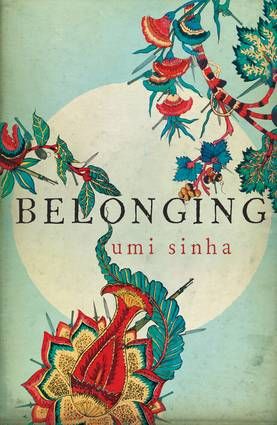
Belonging by Umi SinhaIn Belonging, Umi Sinha chooses to look at a period in the history of India through the points of view of three generations of a British family that calls India home, despite being part of the colonial machinery. It covers the years leading up to the mutiny of 1857, that since then came to be known as the First War of Independence in India, the violent reprisals after the revolt, all the way to the immediate aftermath of World War I. The book paints compelling, nuanced portraits of its main characters — Lila Langdon, her father, and her grandfather — as they navigate family secrets and grapple with the violence inherent in the colonial system that they are part of. |

The Widows of Malabar Hill by Sujata MasseyPerveen Mistry, the heroine of Sujata Massey’s mystery series, is inspired by India’s first woman lawyer Cornelia Sorabji. Mistry gets embroiled in a murder mystery involving a wealthy Muslim family in 1920s Bombay when she goes to investigate a suspicious will as part of her father’s law firm. Alongside a compelling mystery, the book also has fascinating descriptions of the society and culture of early 19th century Mumbai, and explores women’s place in different religious communities as well the heroine’s conflicting feelings about the British colonizers. |
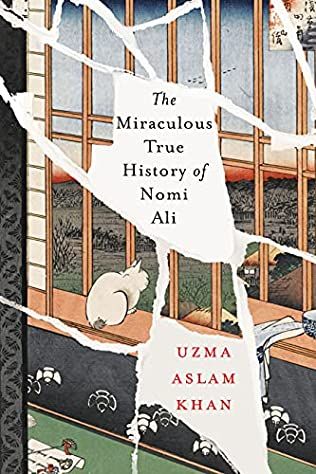
The Miraculous True History of Nomi Ali by Uzma Aslam KhanThis book is my inspiration for this list. It was my favorite read of last year, and I was upset that not many people seem to have read it. It is set in the Andaman islands during the Second World War. Through the events that unfold at these isolated islands, and the lives of several point of view characters — including the two children of a convict exiled to the islands, a Burmese boy whose family made the islands their home over multiple generations, and an unnamed woman political prisoner — the author provides valuable insights into the larger social and political background of the subcontinent under British colonial rule. Immersive, well-researched, beautifully written, and highlighting marginalized voices that can only find complete expression in fiction, this is historical fiction at its best. |
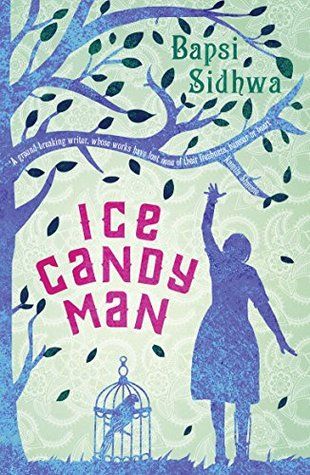
Ice Candy Man by Bapsi SidhwaThe partition of India was one of the bloodiest events in modern history, displacing and killing large number of people on both sides of the new border, and permanently determining the course of politics in the subcontinent for the future. Bapsi Sidhwa’s book zooms in on this horrific event through the eyes of Lenny, a precocious Parsi child in Lahore in present-day Pakistan. As the partition looms, we see how Lenny’s world, in which her Hindu ayyah and her circle of admirers from different religions have an important place, is upended. This book, with its focus on a small set of characters, is able to underline with chilling clarity the biggest horror of partition — the development of murderous hatred between people who had lived side by side in relative peace for generations. |
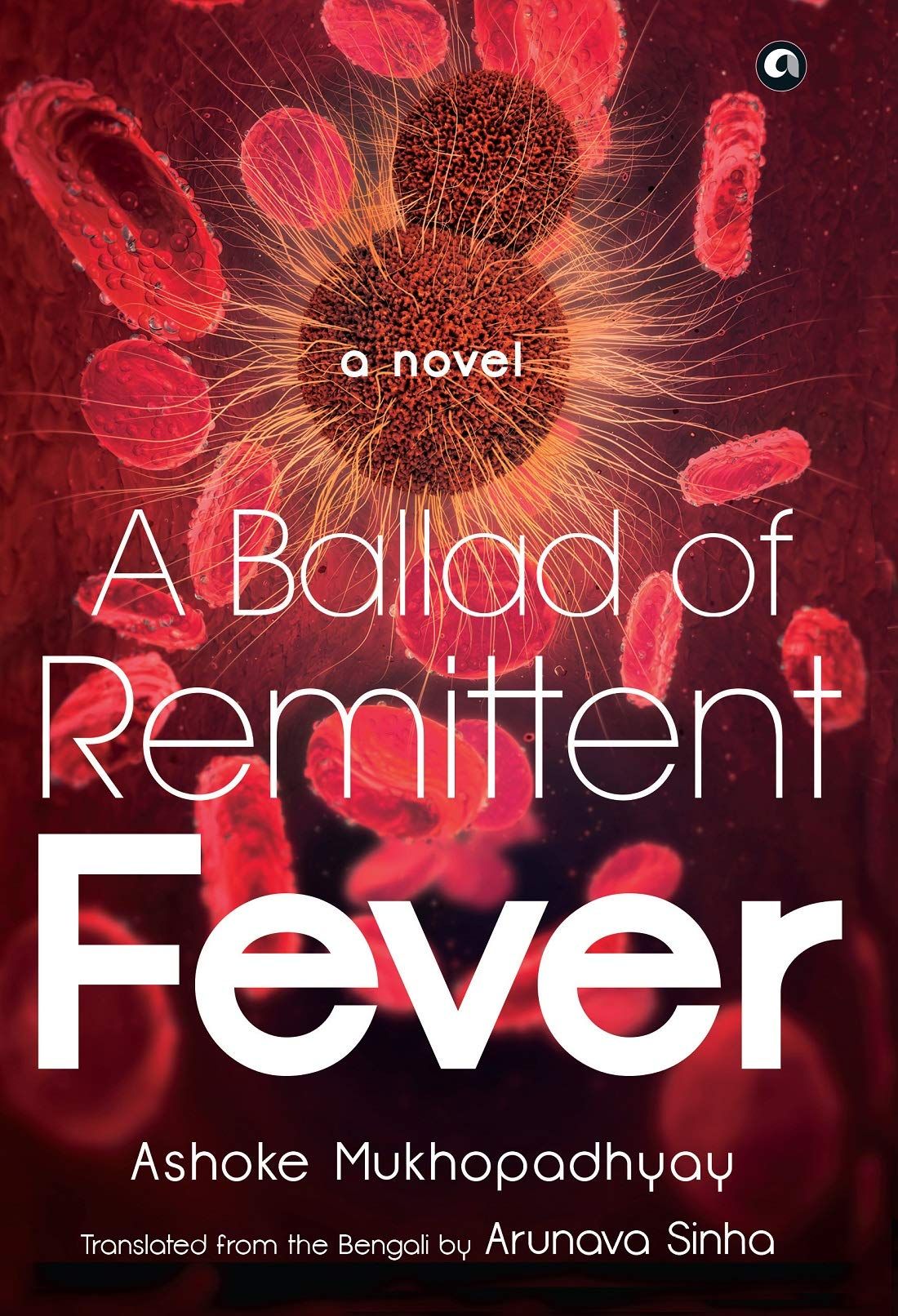
A Ballad of Remittent Fever by Ashoke Mukhopadhyay, translated from Bengali by Arunava SinhaThis book is an intergenerational saga about a family of doctors in Kolkata and spans a century, starting in 1860. It is a story of human helplessness, perseverance, and innovation as the doctors in the story, and the city of Kolkata, struggle through numerous waves of epidemics and disease in an atmosphere of extreme prejudice and evolving medical knowledge. |
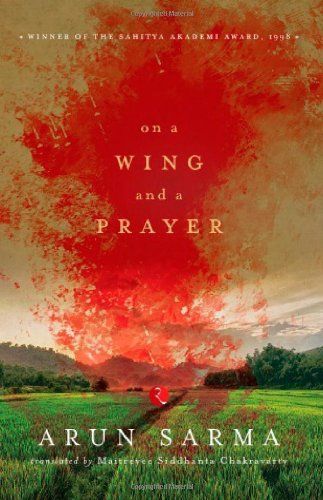
On a Wing and a Prayer by Arun Sarma, translated from Assamese by Maitreyee Siddhanta ChakravartySet in a small village in Assam in the years before and immediately after independence, this book is about a young man named Gojen from a family sitting at the lower rungs of the caste ladder. Through his interactions with the social and political systems of his village, we see the development of the caste-, class-, and religion-based fissures in the freedom movement that ultimately culminate into the religious violence of the partition. This is a steadfastly humane look at complex issues of identity, political borders, and humanity, in context of the rising significance of divisive politics in the country. |
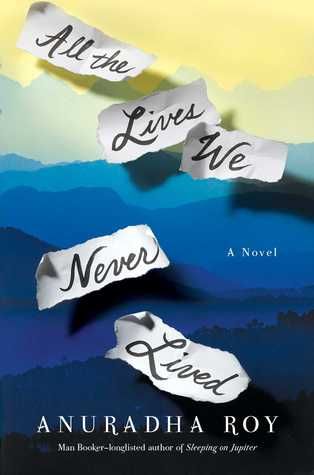
All The Lives We Never Lived by Anuradha RoyThis book is a brilliant portrayal of the inner life of a creative woman in World War II era India. Gayatri has the courage to recognize the unhappiness in her marriage and her passion for art, which leads her to make a complicated choice for herself that lands her in Bali. The readers’ window to her life is through letters that her son Myshkin discovers well into adulthood, after having had to deal with the consequences of his mother’s choice all his life. Intimate and beautifully written, the story is also testament to how the momentous events in history can derail the most well-laid of personal plans. |

Echoes in the Well by Belinder DhanoaI came across this book by chance while browsing the catalogue of Zubaan, an independent feminist publishing house based in India. It is set in the mid-19th century in Shillong in northeastern India and Punjab, and follows three generations of women. The narrative paints a beautiful, melancholy, picture of the inner lives of women who feel claustrophobic within the stifling confines of domesticity, against an unassumingly but effectively evoked historical backdrop. |
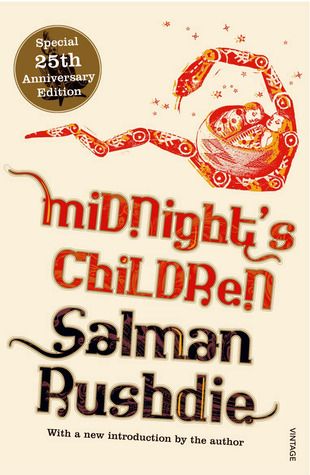
Midnight’s Children by Salman RushdieThis Booker prize winning book needs no introduction, and is an obvious go-to if you are looking for historical fiction books set in India. Salim Sinai, along 1,000 other children born at midnight of the 15th of August in 1947 as India attained independence, are born with special magical powers and are connected to each other by telepathy. As Salim grows up, the trajectory of his life starts mirroring the trajectory of the country that he was born in. Rushdie is a magician with words, and this book truly is a masterpiece of fabulist historical fiction. If you have already read this one, Rushdie’s newest novel, Victory City, is based on the medieval empire of Vijayanagar in southern India, is also a fascinating read. |
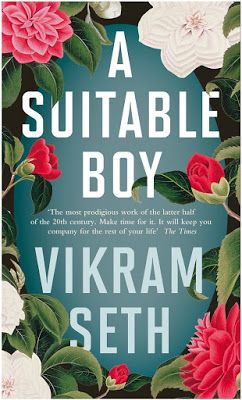
A Suitable Boy by Vikram SethForget the love story that this book is supposed to be about (I have some Feelings about how that ended). Read Vikram Seth’s masterpiece for all the fascinating not-so-major characters that people the story, and for his brilliant, witty observations about society and politics of mid-20th century, still-newly-independent India. The writing is taut enough to keep readers engaged and interested all throughout its considerable girth — with this book, the journey is more important that the destination — even if the premise of one fair maiden choosing her soulmate out of multiple potential suitors might have had you believing otherwise. |
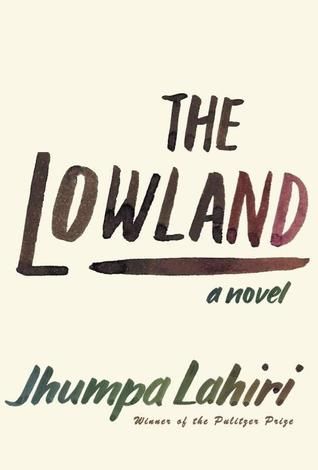
The Lowland by Jhumpa LahiriThe book derives its name from the marshy lowlands of Kolkata. A beautifully written story about two brothers with drastically different destinies, it explores themes of loss, duty, and familial love against the backdrop of the city in the 1960s, as the Naxalite movement takes over the educated youth of the city with revolutionary fervor. This is a relatively new, well-written exploration of a time that has been written about extensively in Bengali literature, but may not be a familiar subject for international audiences. |
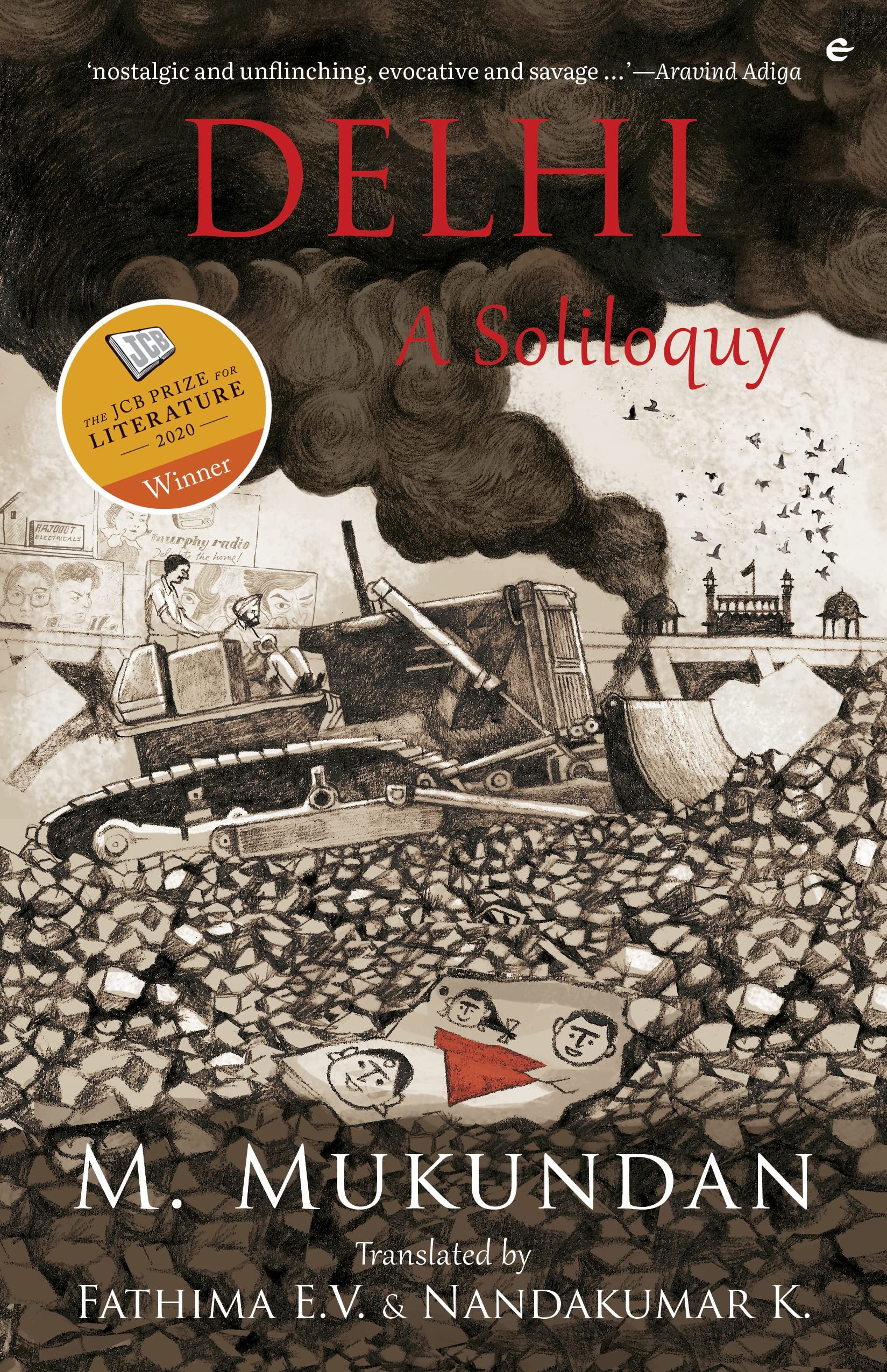
Delhi: A Soliloquy by M. Mukundan, translated from the Malayalam by Fathima E.V. and Nandakumar K.Following the lives of Malayali immigrants from the southern state of Kerala to Delhi, the story documents important events of the second half of the 20th century. Through the points of view of its main characters, we see the Indo-China war and the unrest of the 1960s, the Indo-Pak war and the national emergency of the 1970s, and the anti-Sikh riots of the 1980s. In telling the story of these traumatic events from recent history, the author also beautifully evokes the syncretic soul of the city. |
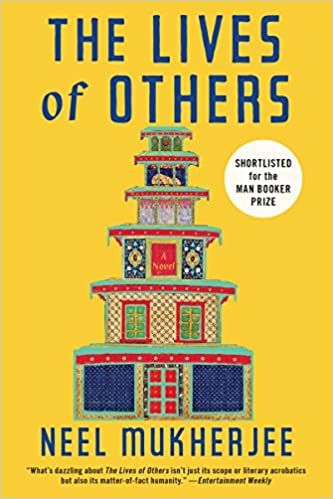
The Lives of Others by Neel MukherjeeThis book,is also set against the backdrop of the political unrest in late 1960s Bengal. The story is a family saga featuring different generations of the Ghosh family. The politics of a quickly disintegrating joint family mirror the political turmoil of the world outside the four-storied house that the family occupies. |
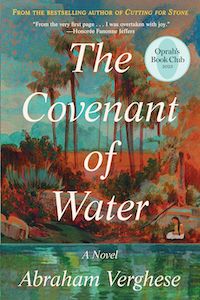
The Covenant of Water by Abraham VergheseAbraham Verghese’s new novel spans most of the 20th century and is set in Kerala. It follows three generations of a family as they evolve alongside their dynamically evolving surroundings while dealing with a strange family curse. Ambitious in scope and peopled by an interesting cast of characters, this book has the potential to be as compelling as Verghese’s immensely successful earlier novel, Cutting For Stone. |
Want to know more about the history of India? Check out this list of the best Indian history books. For historical fiction set in different parts of the world, here is a list of the best historical fiction novels set in China, and another about Japanese historical fiction.










